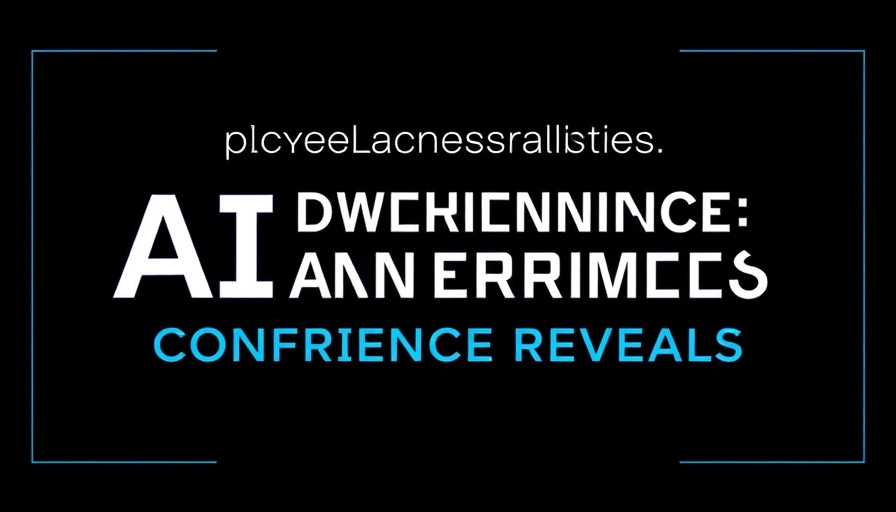
Google Cloud Next '25: A New Era in AI Technology
Google Cloud recently concluded its groundbreaking Next '25 event in Las Vegas, showcasing a staggering 229 announcements that solidify its position at the forefront of AI technology. Perhaps the most astonishing revelation was the introduction of Gemini 2.5 Pro, an AI model that boasts advanced reasoning and coding capabilities, currently leading the Chatbot Arena leaderboard. It’s not just about this one model, however; Google unveiled several other innovations aimed at enhancing user engagement and streamlining workflows.
What's New in AI Tools?
For businesses looking to leverage the latest technology, the improvements in generative media models—specifically the upgraded versions of text-to-image and text-to-audio systems—are noteworthy. These advancements, including Imagen 3, Chirp 3, and Lyria, promise to revolutionize how content is created and edited, providing faster, higher-quality outputs that can boost productivity.
A Revolutionary Take on The Wizard of Oz
One of the most eye-catching demos at the event was Google’s partnership with The Sphere to reimagine the classic film The Wizard of Oz. Attendees experienced this iconic story like never before, using AI to deliver an immersive 360-degree viewing experience. With the integration of AI-driven techniques such as super resolution and outpainting, Google is transforming how we appreciate historical footage, saying goodbye to the detriment of pixelation and distortion.
Integrating AI into Everyday Workflows
Google's updates to the AI Control Center, now dubbed Agentspace, signal a shift towards more personalized work environments. This platform enables users to seamlessly manage AI-driven workflows across various applications, enhancing efficiency and creativity.
Conclusion
The innovations presented at Google Cloud Next '25 not only illustrate the rapid growth of AI technology but also signify a shift in how businesses will operate moving forward. As AI models become more accessible and powerful, organizations must adapt to stay competitive. For those eager to dive into this realm, the landscape is filled with opportunities waiting to be seized.
 Add Row
Add Row  Add Element
Add Element 



Write A Comment